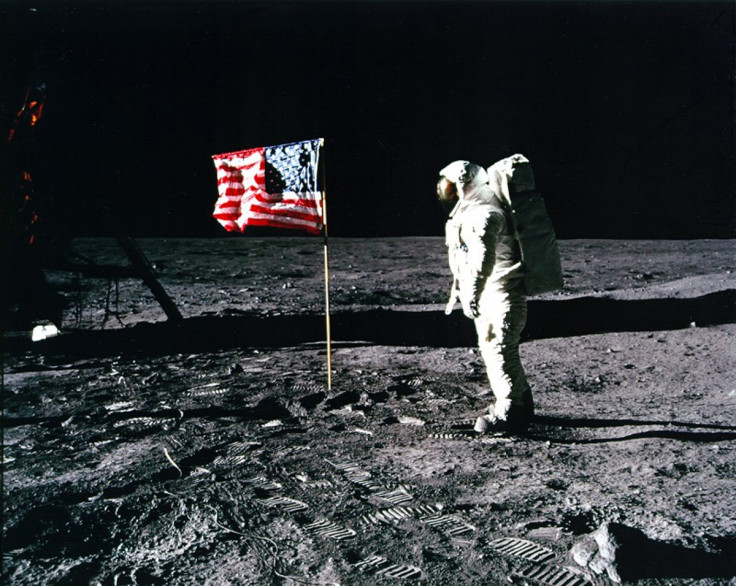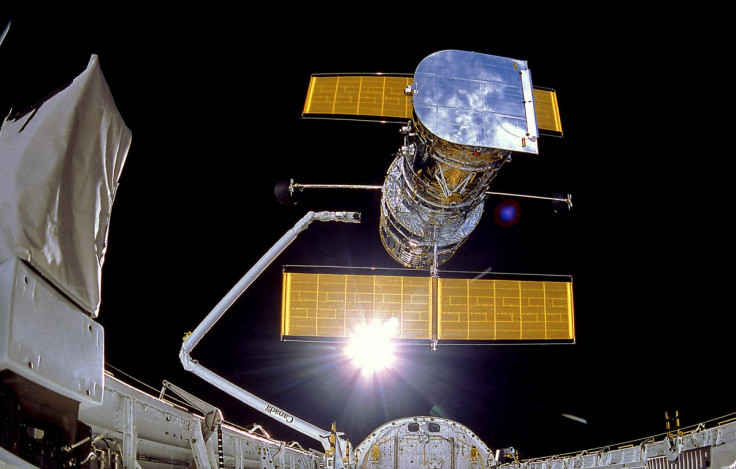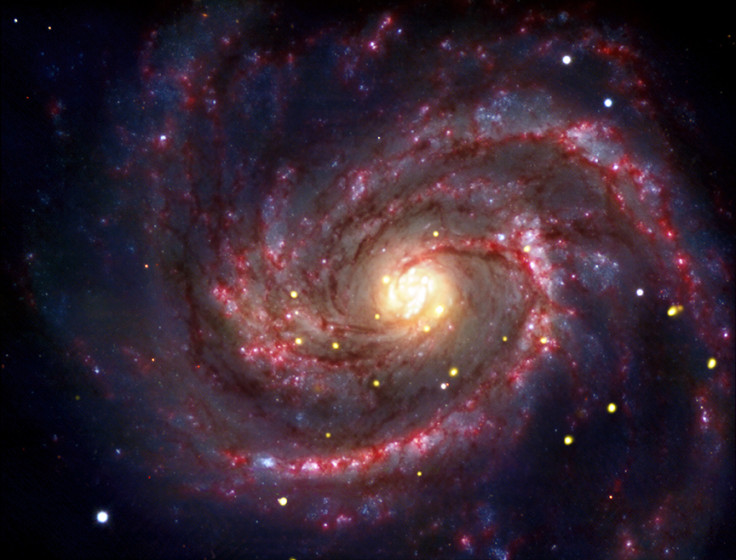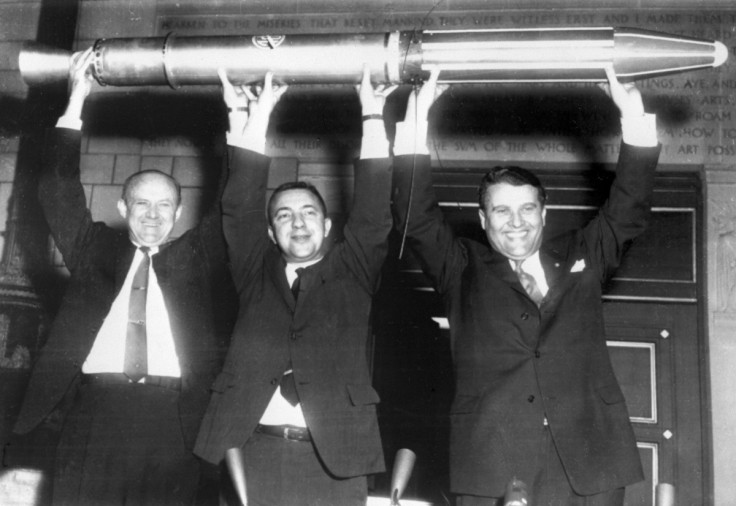Moon Landing 45th Anniversary: Top Five Greatest Nasa Achievements

On 20 July 1969, Neil Armstrong opened the hatch of the lunar module Eagle and stepped onto the surface of the moon for the very first time.
Followed by shortly afterwards by Buzz Aldrin, the pair became the first humans to venture onto planet Earth's only natural satellite. The third astronaut, Michael Collins, sat in orbit in the Columbia command module.
After launching towards the moon on 16 July, the trio splashed down into the Pacific Ocean on 24 July. Since then only ten more people have stepped onto the dirt on the surface of the moon.
On the 45<sup>th anniversary of the first moonwalk, IBTimes UK looks at the some of the greatest achievements of Nasa so far:
Hubble Space Telescope

The HST is a space telescope that was launched into low Earth orbit in 1990 and remains in operation. Hubble's orbit outside the distortion of Earth's atmosphere allows it to take extremely high-resolution images with almost no background light and it has recorded some of the most visible-light images ever – allowing astronomers to look into space and time.
It has led to breakthroughs in astrophysics, such as accurately determining the rate of expansion of the universe.
Chandra X-ray Observatory

The space telescope was launched in 1999 and its mission is ongoing as of 2014. Chandra is sensitive to X-ray sources 100 times fainter than any previous X-ray telescope, due to the high angular resolution of its mirrors.
Chandra has been described as being as revolutionary as Galileo's first telescope and has greatly advanced the field of X-ray astronomy.
The first light image of supernova remnant Cassiopeia A gave astronomers their first glimpse of the compact object at the centre, likely a black hole or neutron star.
Pioneer 10

Originally designated Pioneer F, the American space probe completed the first mission to Jupiter and the first spacecraft to achieve escape velocity from the Solar System.
During the mission, the on-board instruments were used to study the asteroid belt, the environment around Jupiter, the solar wind, cosmic rays and the far reaches of the heliosphere.
Radio communications were lost with Pioneer 10 in January 2003 because of the loss of electric power for its radio transmitter.
Mars Exploration Rover

Nasa's Mars Exploration Rover Mission is an ongoing robotic space mission involving two rovers, Spirit and Opportunity. Launched in 2003, the mission is to explore the surface of the Red Planet and its geology.
Rover scientists have found signs of water in the first rocks the rovers encountered on Mars, called El Capitan. Opportunity also discovered centimetre-scale rock layers overlapping and cutting into one another, indicating that water once flowed on Mars.
In nearby Endurance Crater, a stack of exposed rock layers, some deposited by wind, also suggested that water was intermittently present.
Explorer 1

The first US satellite was launched in 1958, after the Soviet Union's Sputnik 1 and 2, beginning the Cold War Space Race.
It was the first spacecraft to detect the Van Allen radiation belt, returning data until its batteries were exhausted after nearly four months. It remained in orbit until 1970 and has been followed by over 90 scientific spacecraft in the Explorer series.
© Copyright IBTimes 2025. All rights reserved.






















